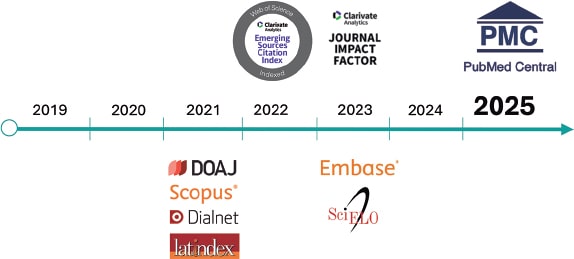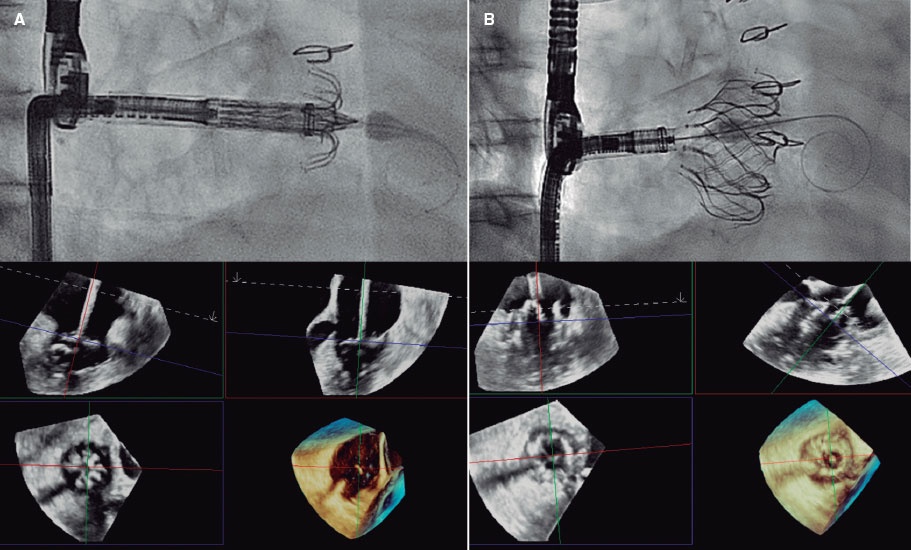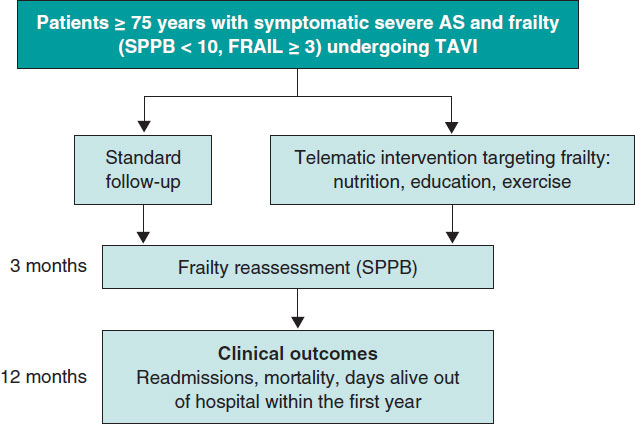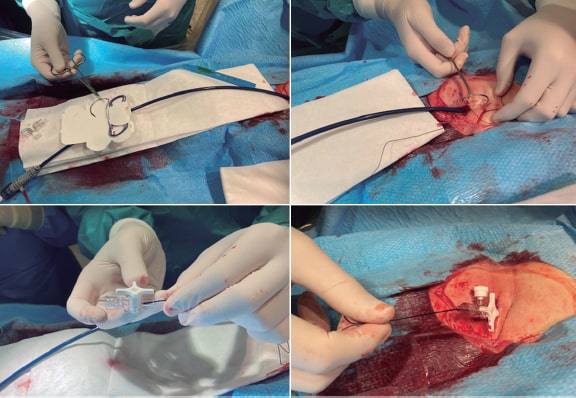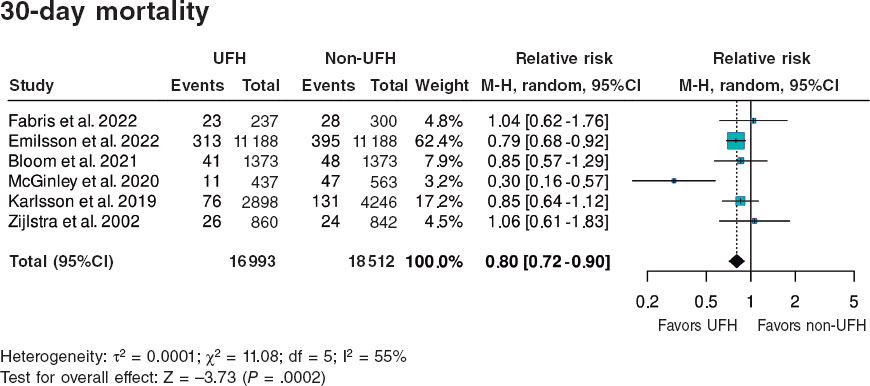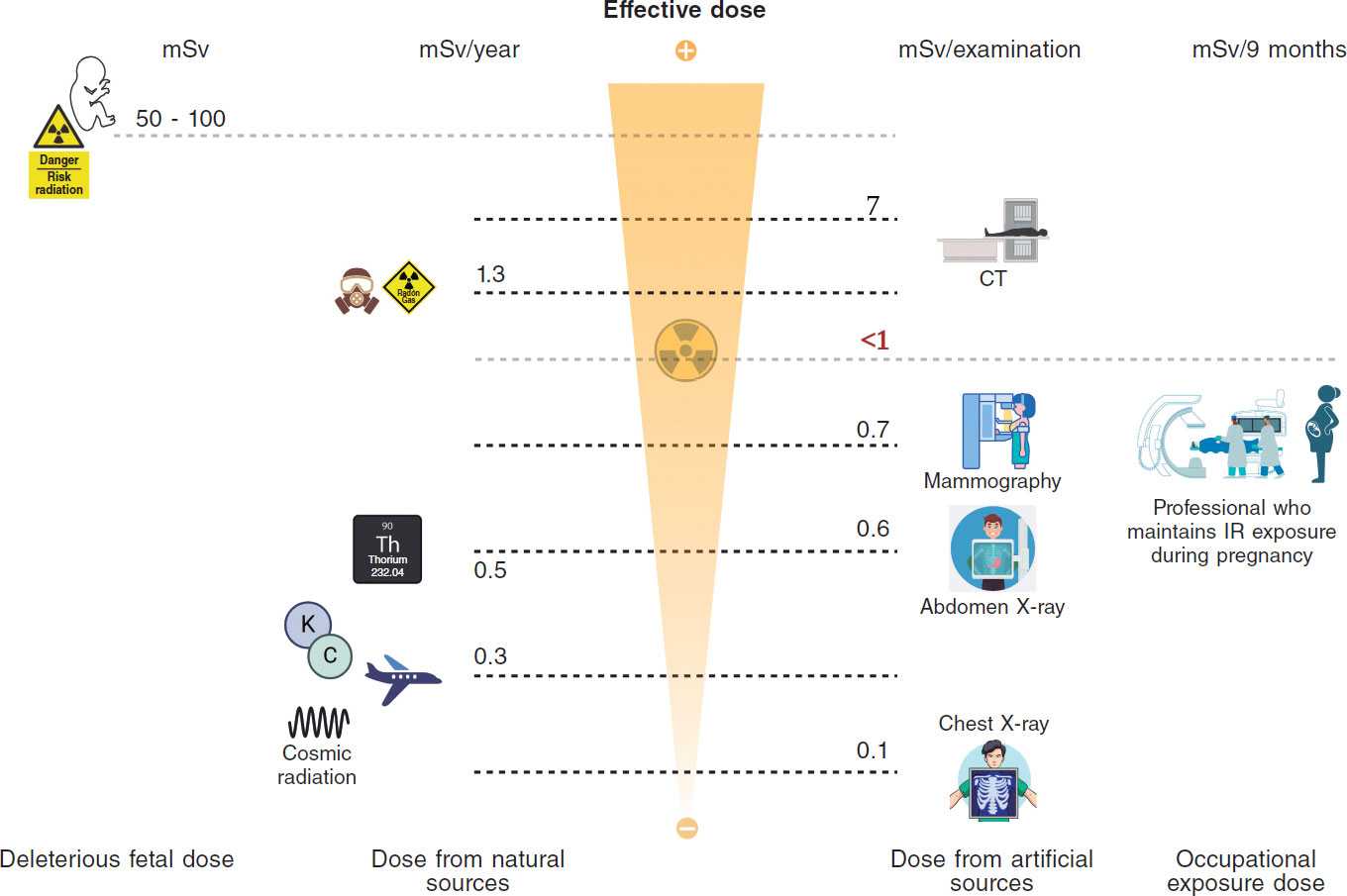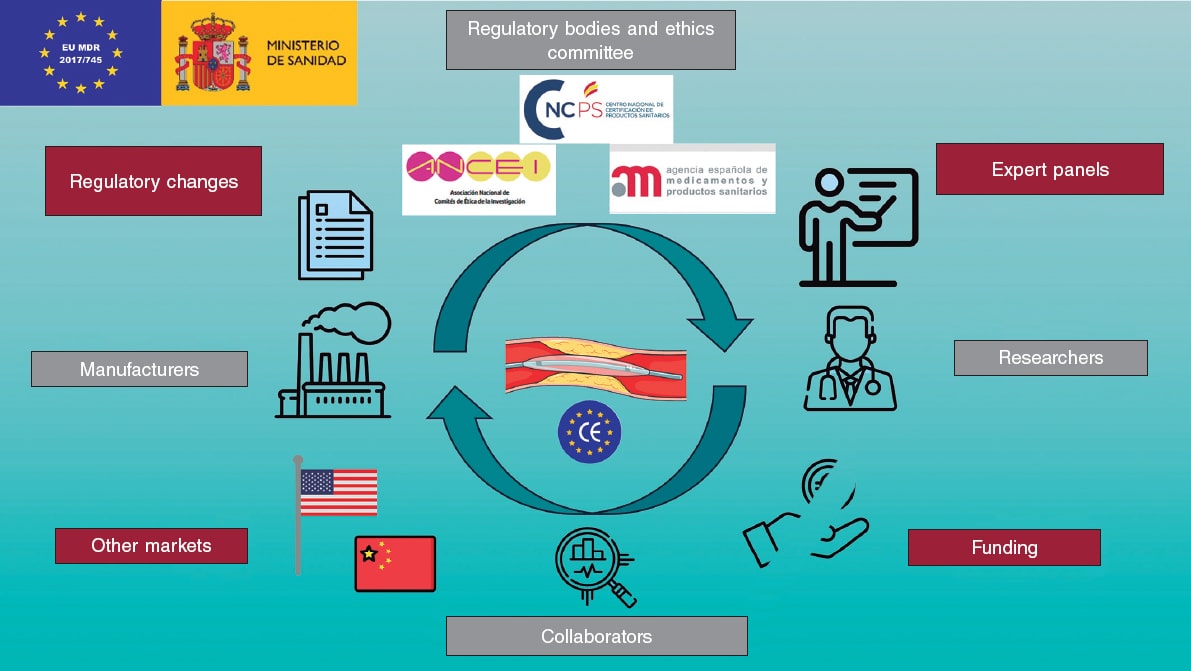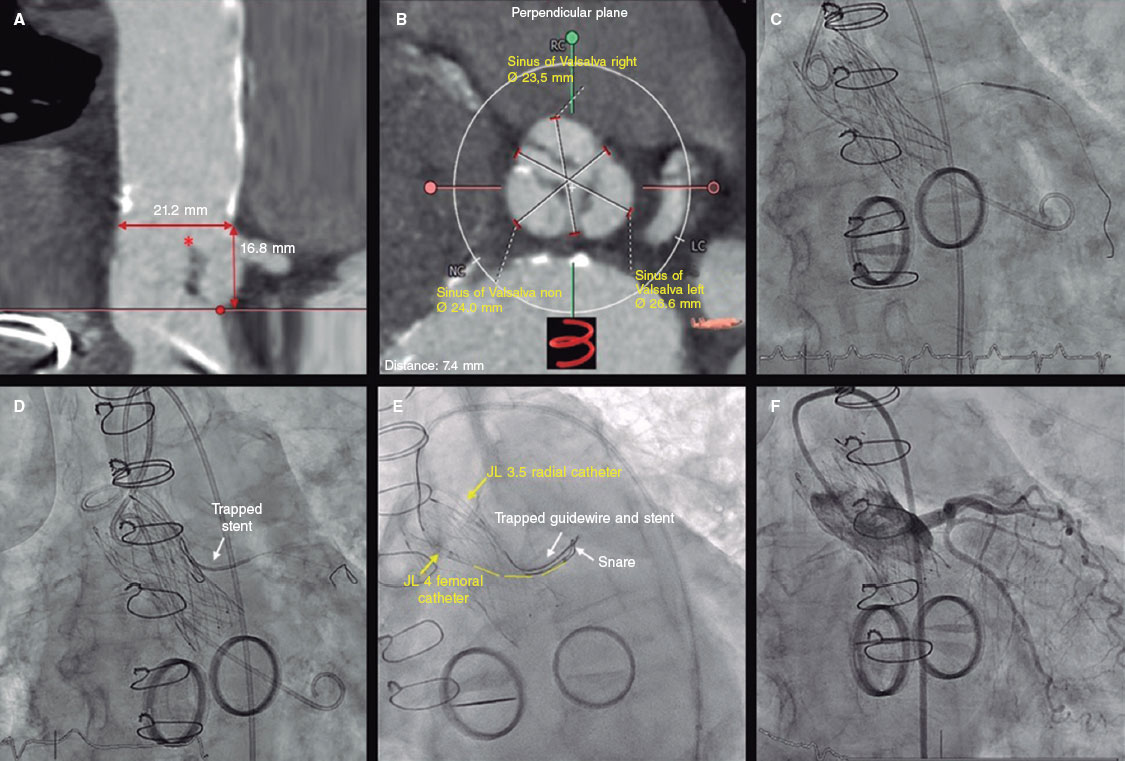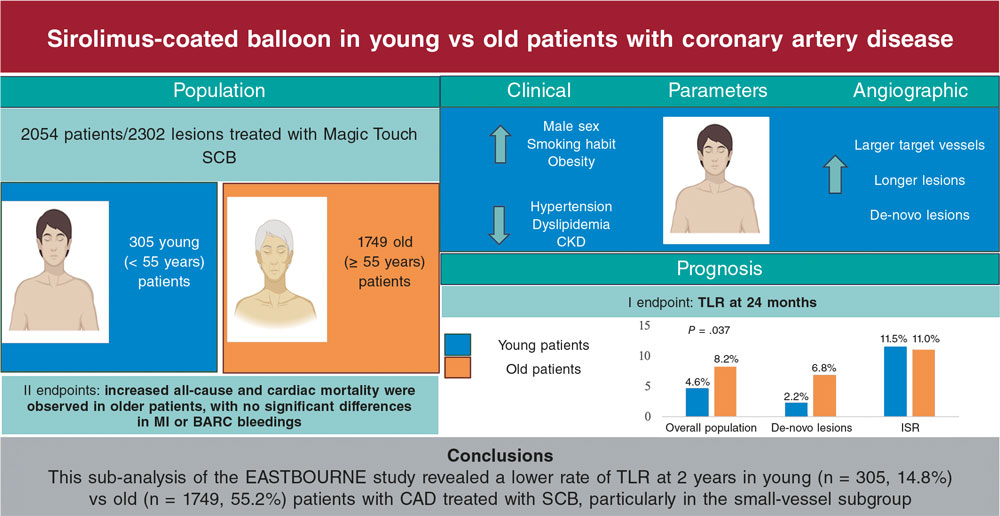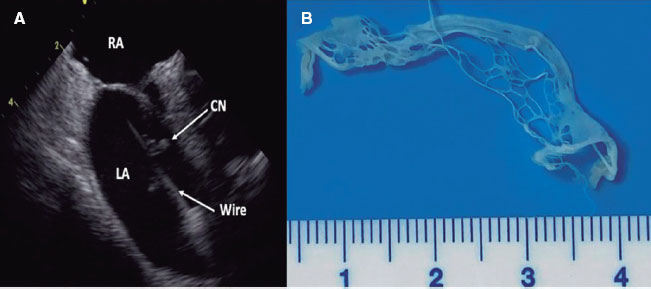A 47-year-old man with a cryptogenic stroke and a patent foramen ovale (PFO) was referred for percutaneous closure. Transesophageal echocardiography (TEE) revealed the presence of a large PFO and a prominent, hypermobile Chiari network (CN) (figure 1A; LA, left atrium; PFO, patent foramen ovale; RA, right atrium). Percutaneous closure was intracardiac echocardiography (ICE)-guided via femoral venous access (figure 1B and video 1 of the supplementary data). A floppy 0.035 in J-tip wire crossed through the PFO and was exchanged for an extra-stiff wire using a multipurpose catheter. Measurements were performed using a 24 mm sizing balloon and a maximum separation of 10 mm. After sizing balloon removal, despite appropriate anticoagulation, ICE showed a hyperreflective, filiform image on the left atrium attached to the guidewire (figure 2A and video 2 of the supplementary data), and a blood clot was suspected. The entire system was removed revealing fibrous, multifenestrated tissue attached to the guidewire, which was sent to pathology and confirmed as part of the CN (figure 2B). Finally, a 30 mm GORE CARDIOFORM Septal Occluder (W.L. Gore & Associates, United States) was implanted with no residual shunt, CN remnants (video 3 of the supplementary data), or embolic complications.

Figure 1.

Figure 2.
This case suggests that, after ruling out thrombotic phenomena, the wire passed through one of its fenestrations before moving into the PFO, with the sizing balloon tearing and displacing the CN into the left atrium. This highlights the risks of CN interference during PFO closure and the importance of timely ICE or TEE imaging for detection purposes.
FUNDING
None declared.
ETHICAL CONSIDERATIONS
Informed consent was obtained from the patient. Sex and gender variables have been considered in accordance with the SAGER guidelines.
STATEMENT ON THE USE OF ARTIFICIAL INTELLIGENCE
No artificial intelligence was used in the development of this manuscript.
CONFLICTS OF INTEREST
None declared.
AUTHORS’ CONTRIBUTIONS
All authors contributed to the development of the manuscript: Y. Belahnech was responsible for its preparation and design, G. Martí-Aguasca and B. García Del Blanco reviewed and approved its final version.
SUPPLEMENTARY DATA
Vídeo 1. Belahnech Y. DOI: 10.24875/RECICE.M25000505
Vídeo 2. Belahnech Y. DOI: 10.24875/RECICE.M25000505
Vídeo 3. Belahnech Y. DOI: 10.24875/RECICE.M25000505


